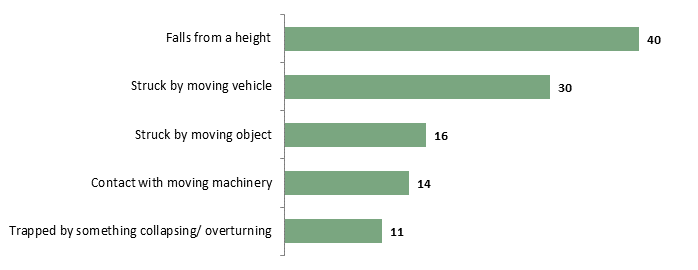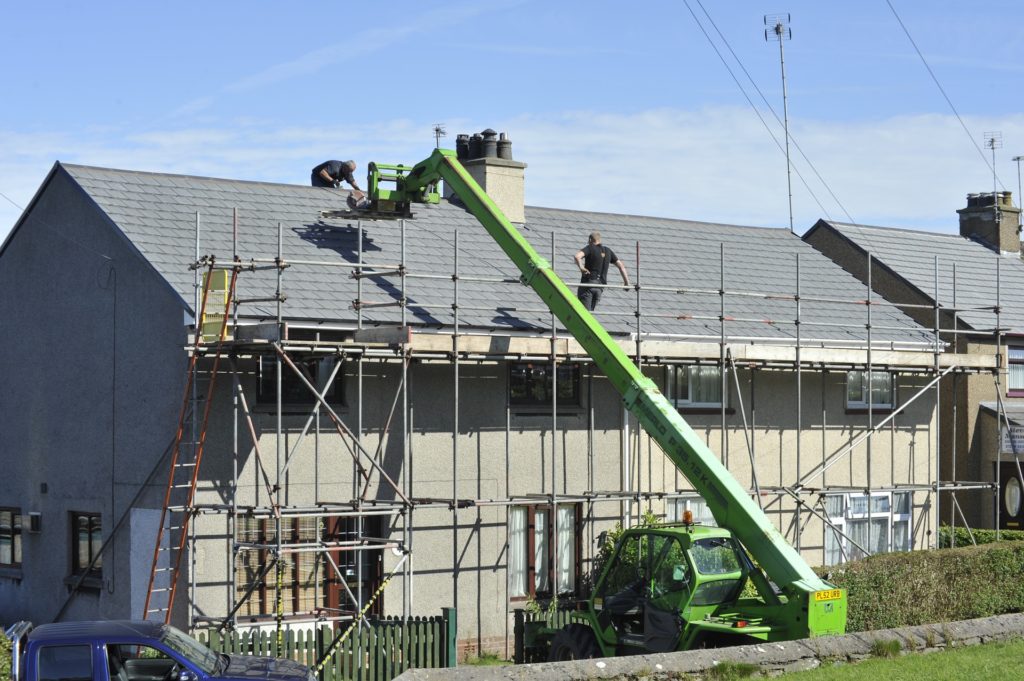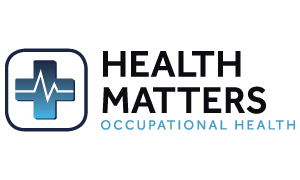
The HSE recently released its annual figures for work-related fatal injuries for 2018/19, along with the number of people known to have died from asbestos-related cancer, mesothelimoa, in 2017. Mesothelimoa is a type of lung cancer that is usually linked to past asbestos exposure. More than 2,500 people died from this in 2017.
Another type of lung disease on the rise is Silicosis, which is caused by exposure to silica dust, naturally found in certain types of stone, rock, sand and clay. People who work in the following industries are particularly at risk:
• Stone masonry and stone cutting
• Construction and demolition
• Pottery, ceramics and glass manufacturing
• Mining and quarrying
• Sand blasting
How to prevent Mesothelimoa, silicosis and other work related illnesses?
If you have employees who are exposed to potentially harmful substances or activities, then having a system in place to look for early signs of ill health is vital. This includes keeping health records for individuals and may include:
- Self-checks
- Questionnaires
- Medical examinations
Health surveillance is not just required for workers breathing in harmful substances, it is required for any workers exposed to noise, vibration, ionising radiation, solvents, fumes, dusts, biological agents and any other substances hazardous to health or work in compressed air.
Do you need health surveillance in your workplace?
If the answer to the following questions is ‘Yes’, then health surveillance is required:
- Is the work known to damage health?
- Are there valid ways to detect a disease or condition?
- Is it reasonably likely that damage to health may occur under the particular conditions at work?
- Is surveillance likely to benefit the employee?
Working at height
The top reason for workplace fatality was falling from a height. It’s crucial that employees who carry out jobs at height are trained to do so and are fit and healthy enough to do so. A worker may well struggle on with a medical condition without realising the potential impact and dangers.
Main kinds of fatal accidents for workers

If you have employees who work at height or on scaffolding structures, are you sure they are fit to do so?
We can carry out Safety Critical Worker medicals in as little as 30 minutes to an hour, at your site without causing disruption to operations. These can be completed for:
- Plant operators
- Scaffolders/riggers
- Roadside (high speed) workers
- Tunnelling workers
- Confined Space workers
Undertaking safety critical worker medicals ensures your business complies fully with the current health and safety legislation. The possibility of having someone who is not fit for task working onsite not only puts the worker and other employees at risk but could also lead to prosecution for not complying with health and safety legislation.

Working with an ageing workforce
25% of fatal injuries in 2018/19 were to workers aged 60 or over…even though those workers made up only around 10% of the workforce. Ensuring your workers are fit for work is important at all ages. There are however some occupations in which medicals are recommended based on age of employee.
Fork lift truck drivers
The HSE recommends that all operators and potential operators of fork lifts are screened before employment, and again at regular intervals in middle age. Examination at age 40 and thereafter at five-yearly intervals up to 65 is recommended. Operators over 65 should be screened annually. Examination is also advised in all cases after an accident or sickness absence of more than one month or after a shorter period if it appears likely the illness may affect fitness to operate.
For any advice on how to ensure your workers are fit for work, get in touch with us now.
If you would like to be added to our mailing list to receive informative articles similar to the above and other company updates, please click here.


